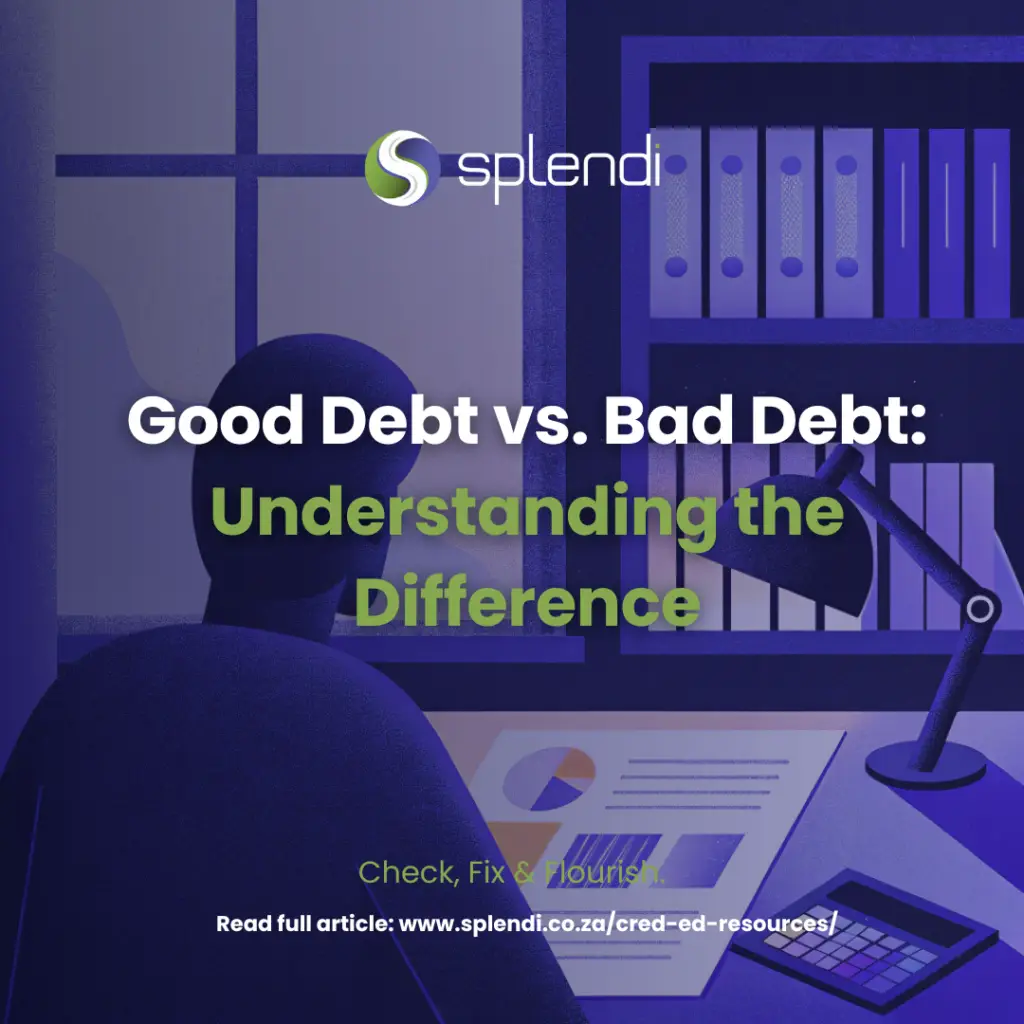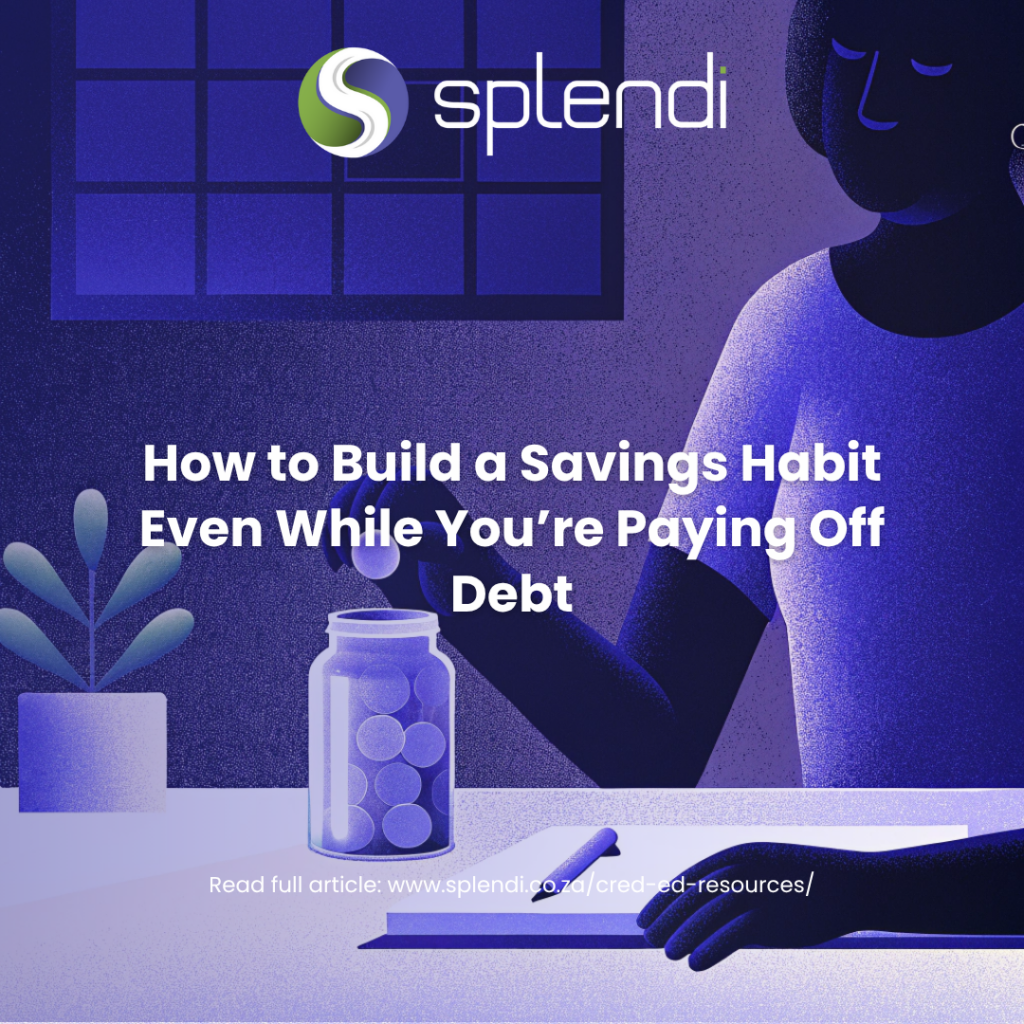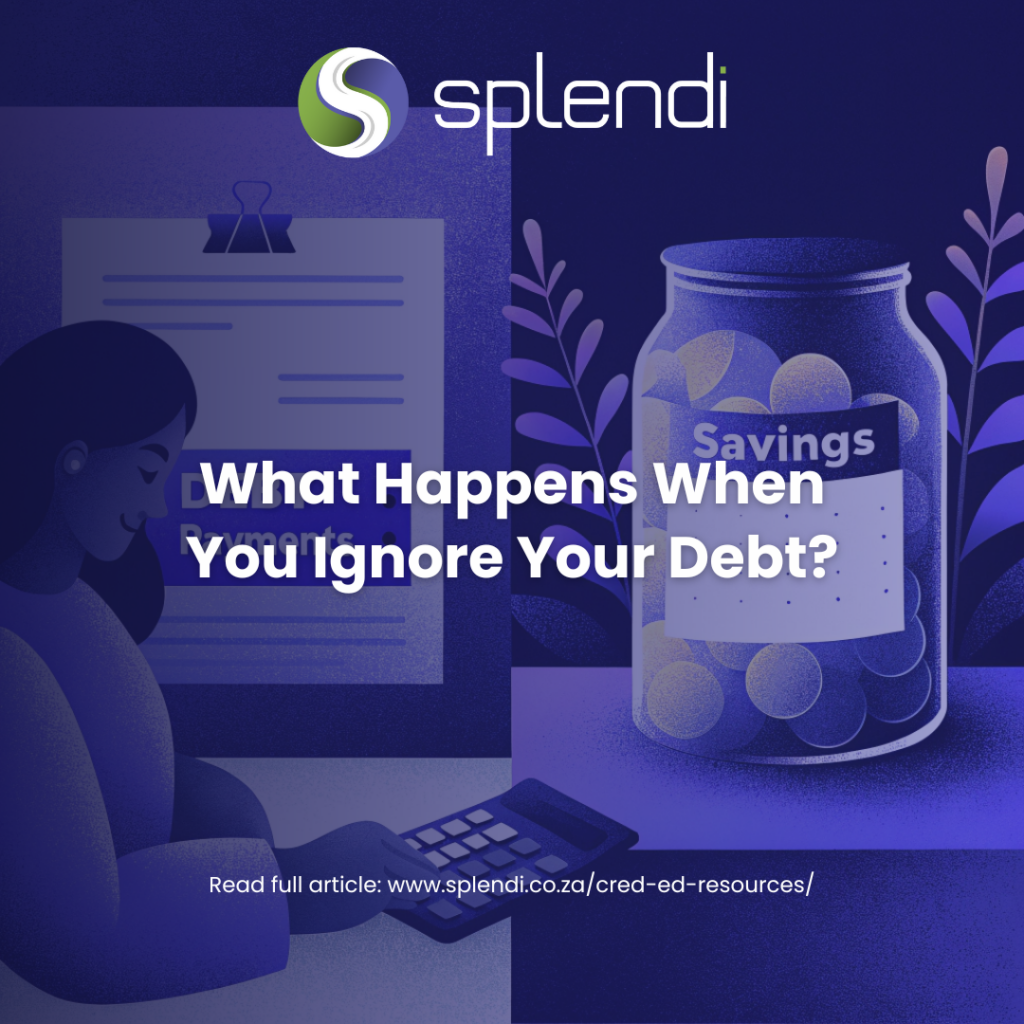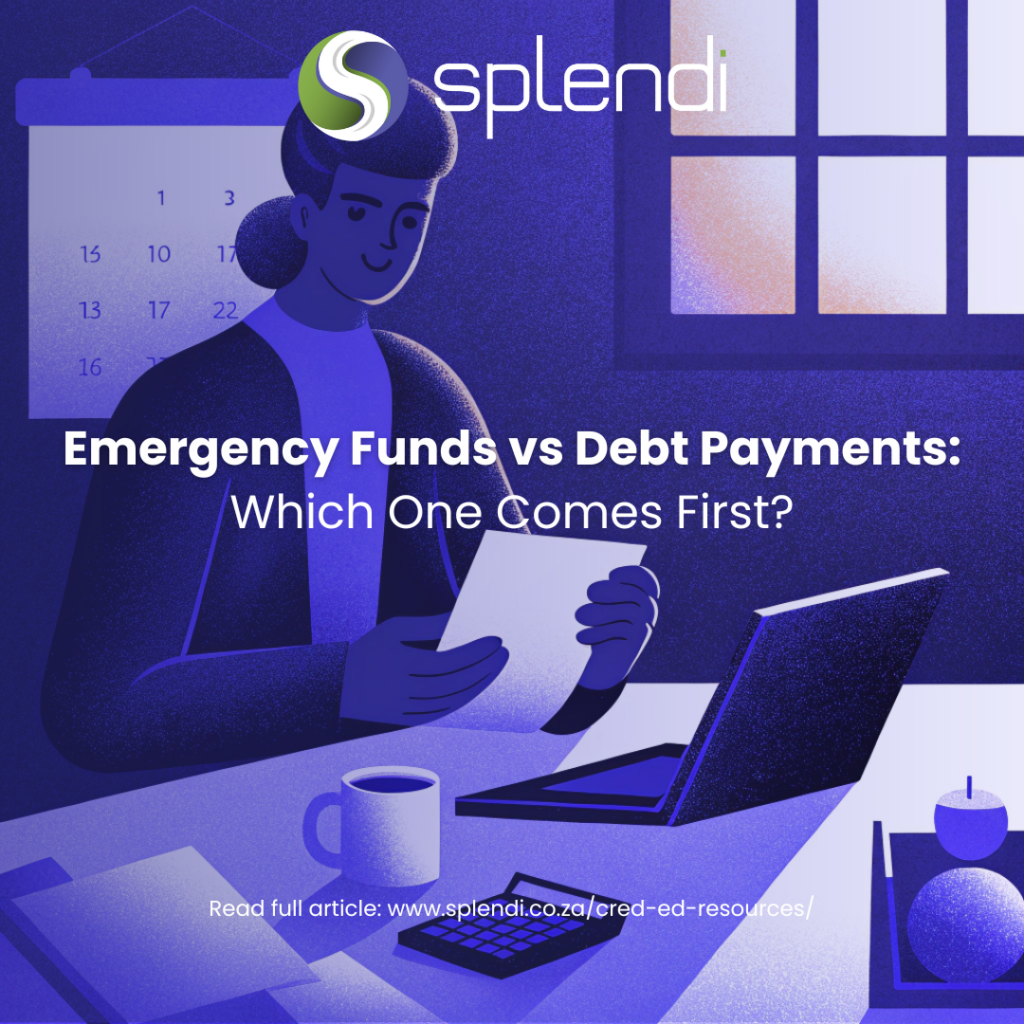Introduction
Debt isn’t always a dirty word. In fact, borrowing money can be a powerful tool to build wealth, open opportunities, and improve your quality of life—when done wisely. But there’s a fine line between debt that propels you forward and debt that drags you down. Understanding the difference between good debt and bad debt is essential to making informed financial decisions and maintaining a healthy money mindset.
What is Good Debt?
Good debt is borrowing that helps you build long-term value or income. It’s usually low-interest, purposeful, and contributes to your financial growth.
Examples of Good Debt:
- Student Loans: Investing in education can increase your earning potential, especially in high-demand careers.
- Home Loans (Bonds): Property often appreciates over time, helping you build equity.
- Business Loans: Funding a viable business can create income streams and assets.
Scenario: Thandi takes out a student loan to study software engineering. After graduating, she secures a high-paying job that allows her to comfortably repay the loan while saving and investing.
What is Bad Debt?
Bad debt is typically high-interest borrowing used for things that don’t generate value or income, and often depreciate quickly.
Examples of Bad Debt:
- Credit Card Debt: Especially if it’s used for discretionary spending like luxury items or holidays.
- High-Interest Loans: These loans include payday loans, which are expensive and often trap people in a cycle of debt.
- Vehicle Loans (in some cases): Cars lose value quickly, and expensive auto loans can be financially draining if not managed carefully.
Scenario: Kabelo buys the latest smartphone on credit, even though his current one works fine. With interest, he ends up paying nearly double the original price.
How to Tell the Difference
Here are a few questions to ask before borrowing:
- Will this debt help me grow financially?
- Is the interest rate reasonable?
- Can I realistically afford the repayments?
- Is there long-term value or income tied to this purchase?
If the answer is “yes” to most of these, the debt may be considered ‘good’. If not, it might be worth reconsidering.
Tips for Managing Debt Wisely
- Budget Before Borrowing: Only take on debt if it fits comfortably within your monthly budget.
- Shop for the Best Rates: Always compare interest rates before committing.
- Pay More Than the Minimum: This helps you clear the balance faster and save on interest.
- Avoid Impulse Spending: Delay major purchases and assess whether they’re truly necessary.
Final Thoughts
Debt doesn’t have to be the villain in your financial story. When used strategically, it can be a stepping stone to success. The key is knowing when borrowing serves your long-term goals—and when it simply satisfies short-term desires. Make smart choices, stay informed, and take control of your financial journey.
Disclaimer: This article is for informational purposes only and should not be construed as financial advice. Splendi does not provide personalised financial, investment, legal, or tax advice. Always consult with a qualified financial advisor for guidance tailored to your individual circumstances.




